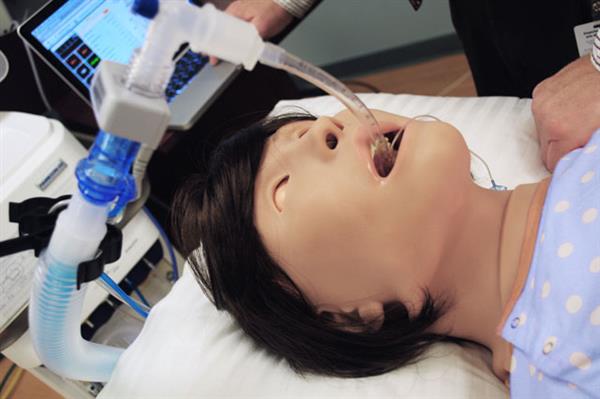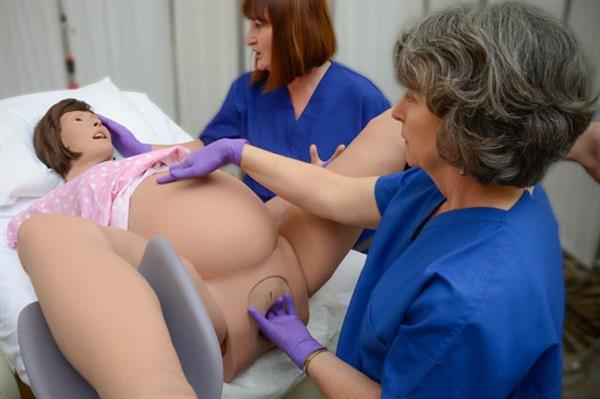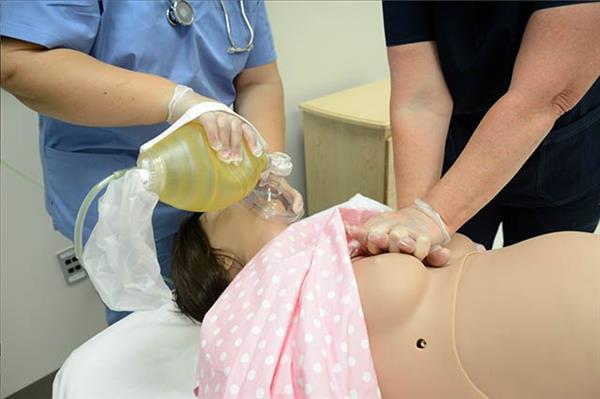
The application of 3D printing models in the medical field is increasing. Recently, simulation technology company CAE Healthcare has developed a Maternal and Child Production Training Simulator (MFS) using 3D printing components provided by 3D printing giant Stratasys. Not only is this device very realistic, but it is also fully functional to help obstetricians learn how to deal with dangerous birth complications.

Although modern medicine has increased the safety factor of childbirth, some of these problems are inevitable, because extreme physical and mental stress during production may cause various problems in the body of pregnant women. This means that obstetricians and nurses must be able to cope with any kind of emergencies, which is what CAE is aiming to develop.

According to China's 3D printer network, MFS is a very comprehensive model that simulates the dynamics of the human body such as breathing and heartbeat and the birth of the baby, and reproduces the exhaustive physical complications that pregnant women and babies may experience. The device consists of hundreds of individual modules, an electronic monitoring system that displays data on the physical condition of pregnant women, and even a very realistic call to mimic the feeling of a pregnant woman giving birth.

“Designing a human simulator is an extremely complex task that requires extensive validation of all components, especially physical components that interact,†said Giuseppe Mallaci, senior mechanical designer at CAE. “Installing in a narrow space. The movable and deformable components will increase the complexity a lot, but in order to verify such a design, such incremental changes are necessary. In addition, the fierce competitive environment in this industry requires the development cycle to be as short as possible, so It is necessary to develop prototypes in a faster way."

To this end, CAE found the 3D printing giant Stratasys, which is extremely complex with a variety of 3D printing technologies including fused deposition (FDM), photo-curing (SLA), and selective laser sintering (SLS). Simulator. Among them, the hinged arms and legs are made of SLS technology; the transparent partitions that allow the internal baby model to be seen from the outside are made of Scura technology using Accura 60 material; QuantumCast polyurethane rubber is used for rapid manufacturing. The other components are made by Stratasys' unique ID-light technology.

Thanks to these advanced technologies, all components have a grid-like internal structure, which is 12 times lighter than similar products made using traditional processes.

At present, MFS has been able to reproduce a variety of baby birth scenes, including normal childbirth, vaginal delivery, infant heart rate due to maternal fever, postpartum hemorrhage caused by contraction of the uterus, and maternal respiratory arrest. I believe that this complex simulator will help obstetricians and nurses to master relevant skills faster and better, and cope with various situations to better ensure the safety of pregnant women and babies.
(Editor)
Soft Packed Facial Tissue,Soft Facial Tissue,Recycled Facial Tissue,Recycled Tissue Paper
Auswei Paper(Jiangmen)Co.,Ltd , https://www.pleespaper.com